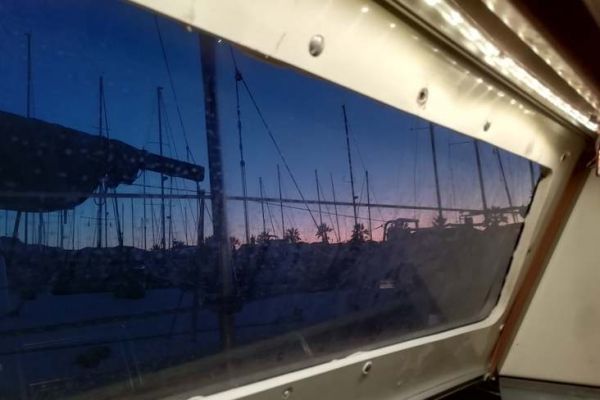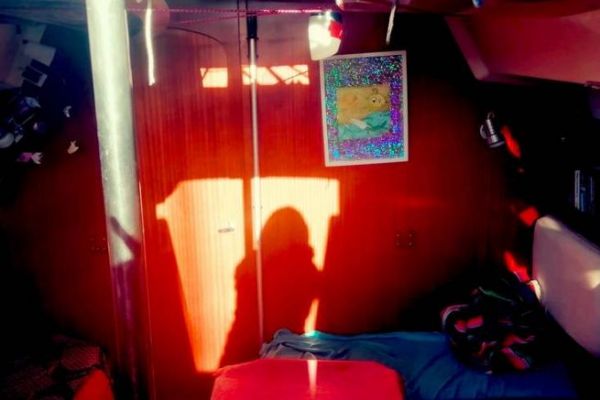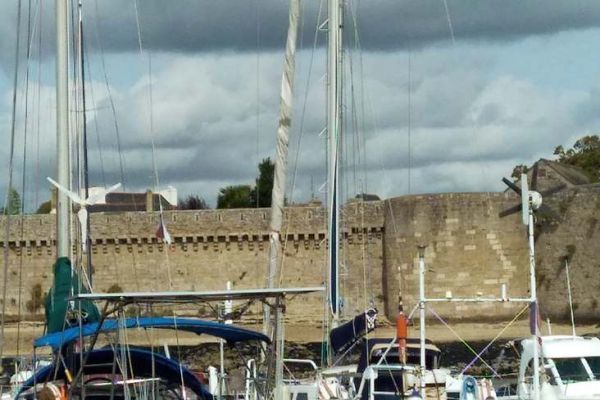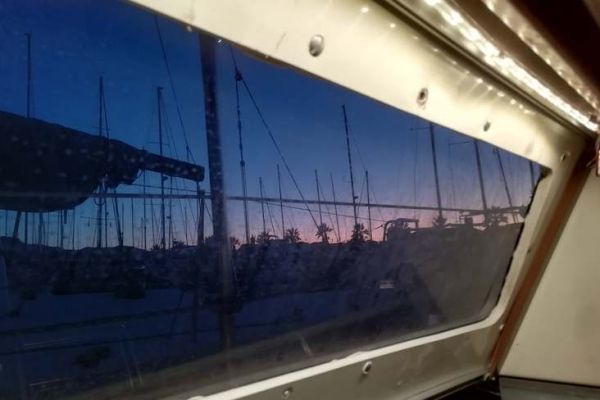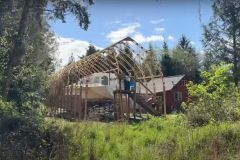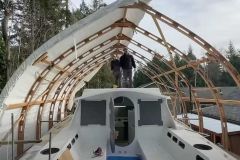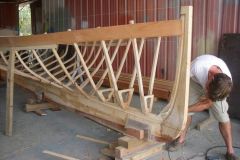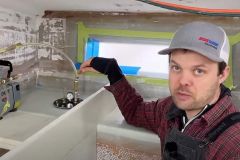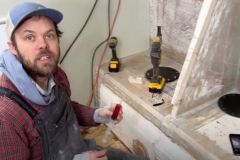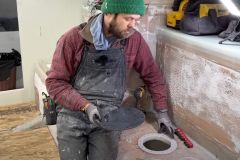When the Covid locked us in, I was in port, having lived aboard La Ceci for several months. I'd decided to take shelter on the quayside for the winter. What's more, I hadn't yet completed the necessary installations to be self-sufficient at anchor. Everything was ready. The gantry had been designed and the craftsman was taking care of it. The solar panels were waiting in my parents' garage. The battery was chosen. With all that out of the way, all that remained was to turn my attention to the tasks inside.
We don't talk about them much, but they're also very important.
During Covid, I was working. Or rather, I teleworked. In the mornings. A nice window of time opened up for me in the afternoons.
Air circulation for a healthier boat
Small holes, small holes, always small holes... Air circulation is essential. Moisture. Cursed humidity. Anyone with a sailboat knows the hell that humidity can be.
So I had to get to grips with the problem. I started with the bedroom, well, the front cabin.
Shortly after buying La Ceci, I changed the mattress. I had it custom-made. Comfortable. It was very important to me. I asked for it in one piece. I must have been traumatized by the original one. This one was a two-piece, separating as the night wore on. It wasn't very pleasant. So I made it a one-piece and now regret it. It's very complicated to handle, and doing anything underneath is hell!
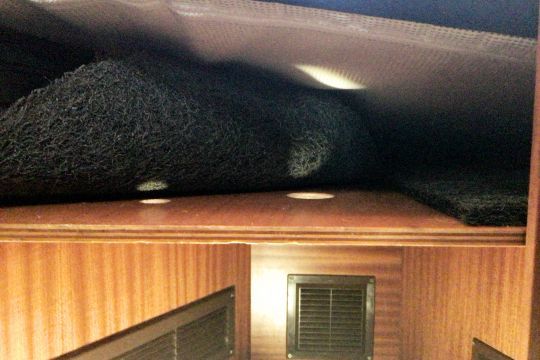
In short, this mattress needed ventilation. Between custom-made box springs and coconut fibre rolls, I chose the coconut fibre rolls. A choice I don't regret. Inexpensive, easy to install and, above all, highly effective. What's more, the offcuts can be laid in other places to keep out moisture.
Under this coconut mat, I make holes in the plates closing the lockers, and I also make holes in the vertical parts of the lockers, to allow air to circulate. Another good tip from my pontoon neighbor.
I also make holes where I've decided to place the new battery, so that it benefits from sufficient ventilation.
The difference can be seen quite quickly and is maintained over time.
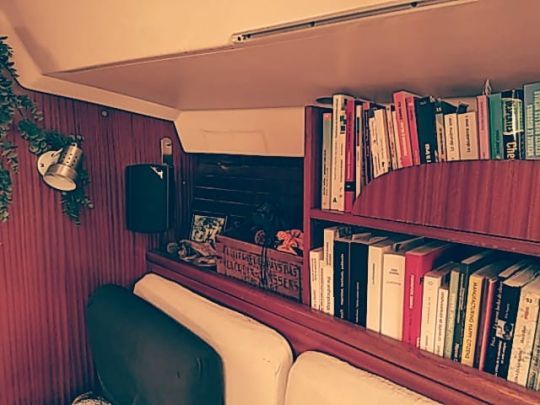
My books, my treasure. Even on my boat...
My books: one of La Ceci's biggest problems. Problems of space, weight, the fact that they're made of paper... I can't do without them. On the one hand, they're part of my sense of "home" and, on the other, they're my work tools. So I have to make room for them.
To make the shelves, I salvaged a sliding door that used to close the front cabin, and which I never used. Although I'm not sure I'll ever use it again, it has served me well in my DIY projects. Thanks to it, I was able to make shelves on the port and starboard sides in a beautiful marine wood. I also made a dashboard for the chart table.
Offshore license
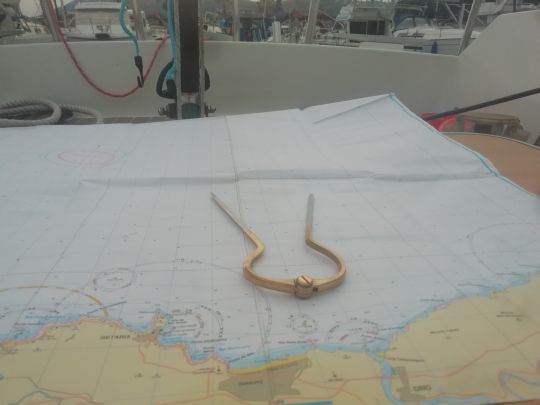
This covid break was also an opportunity to study for my offshore license. It had been on my mind for some time, but I hadn't taken the time to do it. Now was my chance. With the help of the theory book that served as a basis for the exam, the book "Le nouveau cours des Glénans" and a few resources found on the net, I set to work. These, along with maps, the Cras ruler, compass, calculator, pencil and eraser, were my greatest friends.
The first two exam dates were postponed at the last minute, due to reconfinements and/or rules not allowing a meeting of the number of people who would be present at the exam. The third was the right one!
So, with a redesigned interior and my offshore licence in hand, I found myself faced with the freedom offered by deconfinement. Technical work and installations could now resume.
